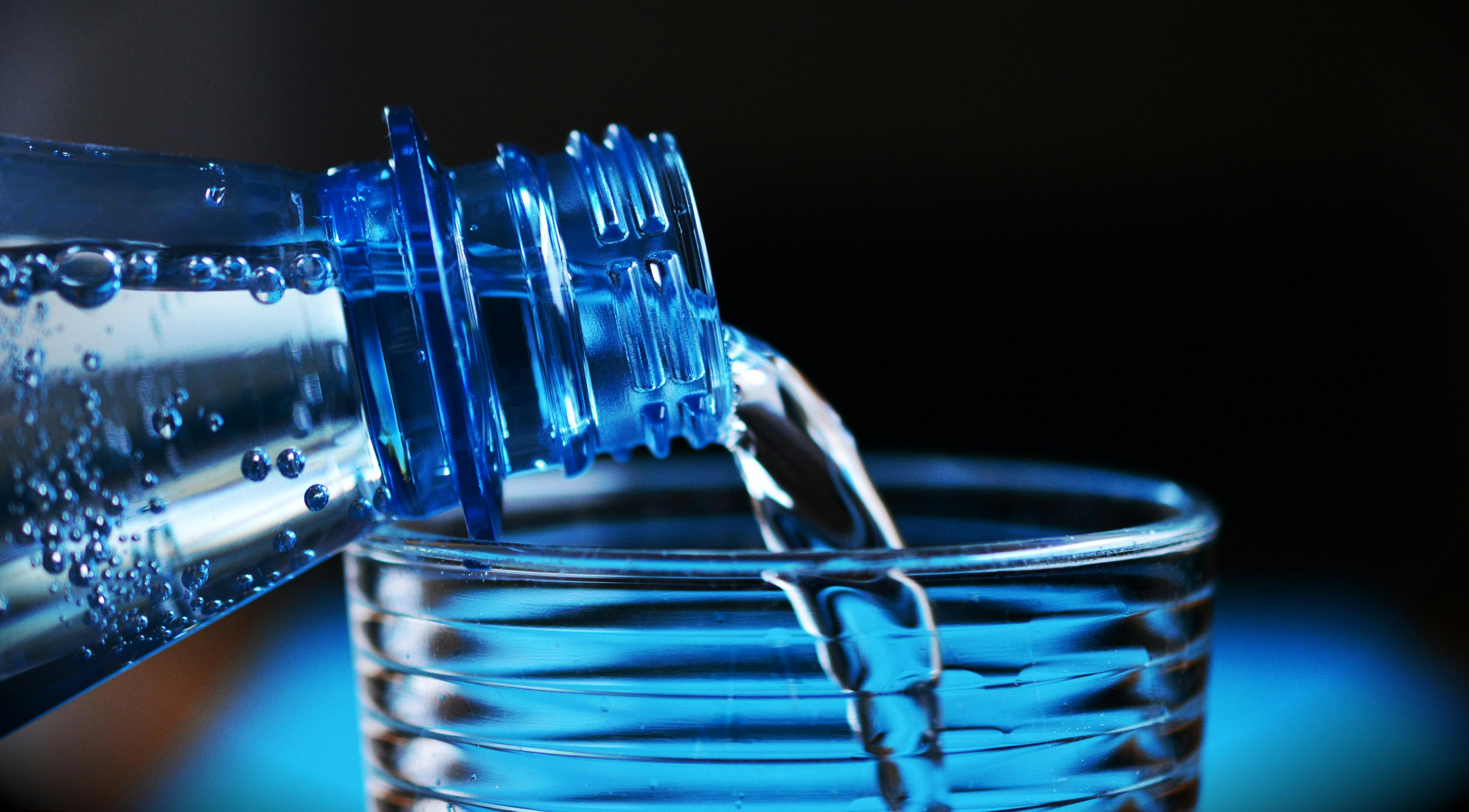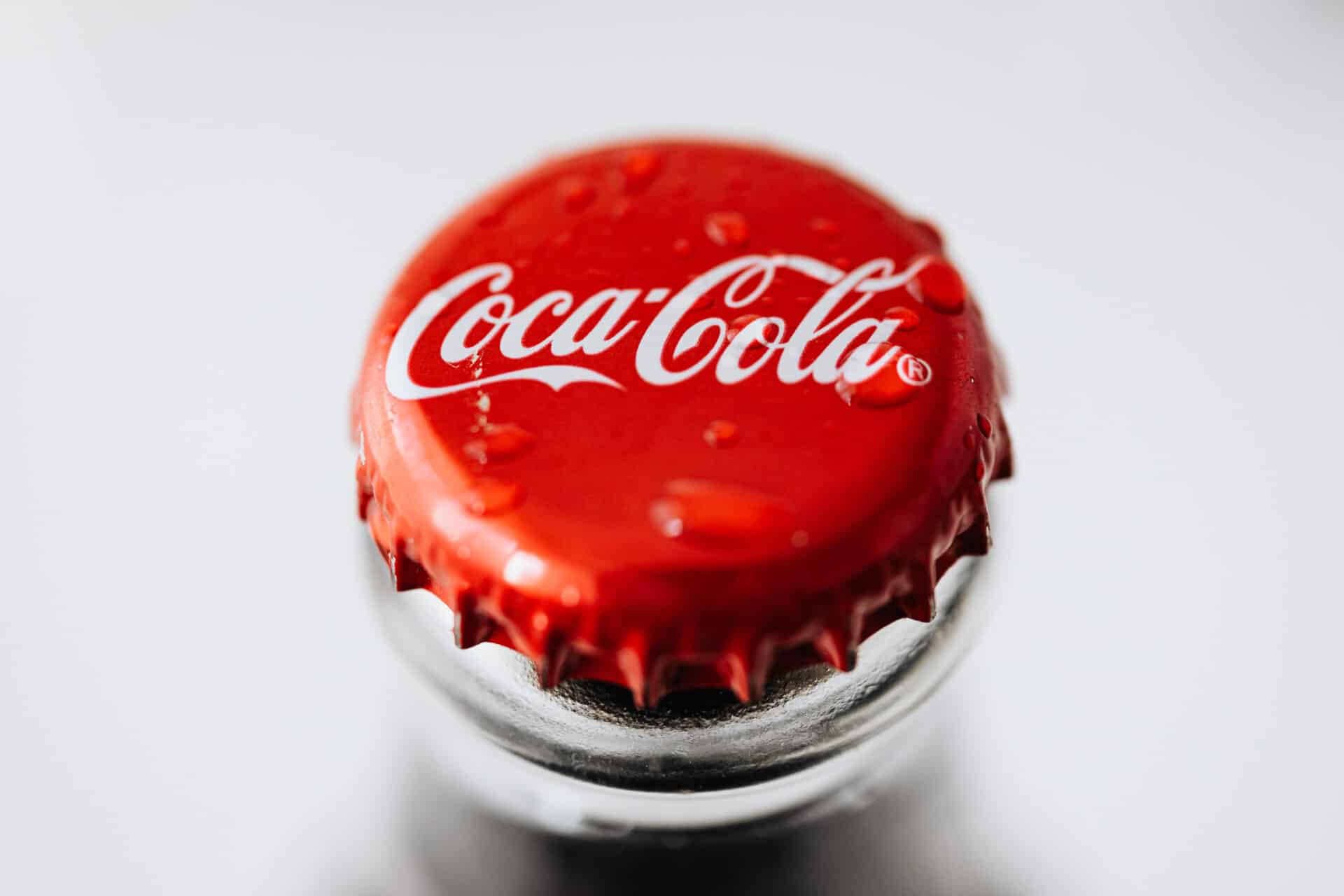The debate over whether purified bottled water is the same as distilled water has been ongoing for some time. Both types of water are considered to be safe to drink, but there are some key differences between the two that should be taken into consideration. In this article, we will take a closer look at the differences between purified bottled water and distilled water, including what each is, how they are made, and their respective benefits and drawbacks.No, purified bottled water is not the same as distilled water. Purified bottled water goes through a process of filtration or other treatments such as reverse osmosis that removes contaminants, while distilled water is created by boiling and condensing vapor from natural water sources such as lakes, ponds, streams and oceans.
Purified Bottled Water
Purified bottled water is water that has been processed to remove impurities such as bacteria, heavy metals, and chemicals. Purified bottled water is often sold in single-use plastic bottles or large containers, and it is popular for its convenience and superior taste. Purification processes can include reverse osmosis filtration, distillation, deionization, microfiltration, ultraviolet light exposure, and ozonation. The result is a much cleaner product than regular tap water.
Purified bottled water typically contains fewer contaminants than regular tap water but also contains fewer minerals that can provide health benefits. It’s important to note that purified bottled water is not the same as mineralized or spring water – those products contain minerals that are beneficial for health.
In terms of safety and purity, purified bottled waters are often tested more rigorously than tap water due to their commercial nature. This means that consumers can have peace of mind knowing their drinking water is free from potentially harmful contaminants such as lead or bacteria.
Overall, purified bottled waters offer a convenient
Distilled Water
Distilled water is water that has been boiled and condensed back into liquid form. It is then passed through a filter to remove any impurities. Distilled water has many uses, including drinking, cleaning, and industrial processes. It is also used in medical settings due to its purity and lack of contaminants. Distilled water is often preferred over tap or spring water because it does not contain any minerals or other substances that may be present in other types of water.
The process of distillation removes almost all bacteria, viruses, and pollutants from the water. This makes it a great choice for people who are concerned about drinking clean water. There are various methods to purify distilled water, such as reverse osmosis or deionization. These methods help to remove even more contaminants from the distilled water before it is consumed.
Distilled water can also be used in certain home appliances such as humidifiers, steam irons, and even aquariums. It is important to use distilled water in these applications because the contaminants that may be present in other types of water can damage the appliance or harm the fish if used in an aquarium. Purified and distilled water are the two most common types of water that can be used for drinking, cooking, and other purposes. While both are prepared differently with different processes, they have some similarities too. The main difference between purified water and distilled water is in their preparation process. Purified water is prepared by passing the source of water through a filtration system whereas distillation involves boiling the source of water to evaporate it into steam before collecting it in a clean container. In terms of their properties, purified water has more minerals than distilled water. This is because during the filtration process, minerals such as calcium and magnesium are retained. On the other hand, distillation removes these minerals as they do not evaporate at high temperature. As a result, distilled water has a neutral pH level whereas purified water may have either a slightly acidic or alkaline pH level depending on what minerals it contains. When it comes to taste, purified water has more flavor than distilled because of its higher mineral content. This makes it a better choice for cooking purposes since food Drinking distilled water has a number of potential benefits. Distillation is a process that removes impurities from water, such as bacteria, heavy metals, and other pollutants. The removal of these substances can be beneficial for health, as it reduces the risk of ingesting potentially harmful contaminants. Furthermore, distilled water can be more effective at hydrating the body than other types of water. This is because it contains fewer minerals and salts, which can limit the body’s absorption of water. Additionally, some people claim that drinking distilled water may help reduce bloating caused by a high mineral content in regular tap or bottled water. The primary benefit of drinking distilled water is its purity. During the distillation process, many harmful contaminants are removed from the water, making it safer to drink. This is especially important for people who may be more susceptible to illness from consuming impure or contaminated water. Furthermore, the lack of minerals and salts in distilled water can make it easier for the body to absorb it more quickly than with regular tap or bottled water. In addition to its The production of purified bottled water involves several steps. The first step is to source the water from a safe, uncontaminated source. This could be from a municipal supply or a natural underground aquifer. The source water is then filtered and treated to remove any unwanted sediment or other contaminants that may be present. The next step is to purify the water, which involves a combination of reverse osmosis, distillation, deionization, ultraviolet light treatment, ozone treatment and other techniques. After purification, the water is tested for safety and quality assurance before being bottled and sealed in airtight containers for sale. Finally, the bottles are labeled with information about their contents and how they were produced. The process of producing purified bottled water ensures that it is safe for consumption and meets all regulatory standards for quality. This ensures that consumers can enjoy refreshing and clean-tasting drinking water without having to worry about potential contamination or health risks. Distillation and filtering are two techniques used to separate liquids from solids and purify liquids. Distillation is a process in which a liquid is boiled, and then the resulting vapor is condensed back into a liquid. This process removes impurities from the liquid by separating them out as they boil away. Filtering, on the other hand, involves passing liquids or gases through a porous material such as a filter paper or cloth. The material traps the particles of impurities, leaving only the pure liquid or gas behind. Distillation is more effective than filtering at removing certain types of impurities, such as dissolved solids or volatile compounds. It’s also capable of separating different types of liquids that have different boiling points. This makes it useful for producing certain products, such as alcohols and essential oils from plants. On the other hand, filtering is not effective at removing all types of impurities, and it can’t separate different liquids from each other based on their boiling points. It’s best used for removing suspended solids from liquids or for purifying gases. Both distillation and filtering Drinking purified bottled water has many advantages over tap or well water. The primary advantage of drinking bottled water is that it is filtered and purified to remove contaminants that may be present in tap or well water. These contaminants can include heavy metals, microorganisms, and chemicals. Drinking purified bottled water also eliminates the need to purchase a filtration system for your home in order to ensure clean and safe drinking water. Another advantage of drinking purified bottled water is that it often contains added minerals that can help improve the taste and nutrient content of the water. These minerals can include calcium, magnesium, potassium, and sodium which are essential for healthy body function. Additionally, many types of bottled waters are fortified with vitamins such as Vitamin A & D which can help boost the immune system and provide a source of essential nutrients. Finally, drinking purified bottled water is convenient as it is readily available in stores or online and is typically less expensive than purchasing a home filtration system. Additionally, many brands come in individual sized bottles which are great for on-the-go hydration needs. Bottled water is a convenient way to get clean drinking water, but it is important to know what kind of water you are purchasing. While both distilled and purified bottled water have gone through processes to ensure their safety, they are not the same. Purified bottled water typically goes through more rigorous treatment than distilled bottled water, but it is up to the consumer to determine which kind they prefer. Ultimately, both types of bottled water are safe for consumption and are a great way to stay hydrated when on the go. It is also important to note that buying bottled water does not need to be an every day occurrence. Many people can invest in a home filtration system or simply drink tap water with the help of a home filter or purifying pitcher. This will help reduce plastic waste and also save money in the long run.Are There Any Benefits to Drinking Distilled Water?

Purified Bottled Water Production
Distillation vs. Filtering
Drinking Purified Bottled Water

Conclusion

